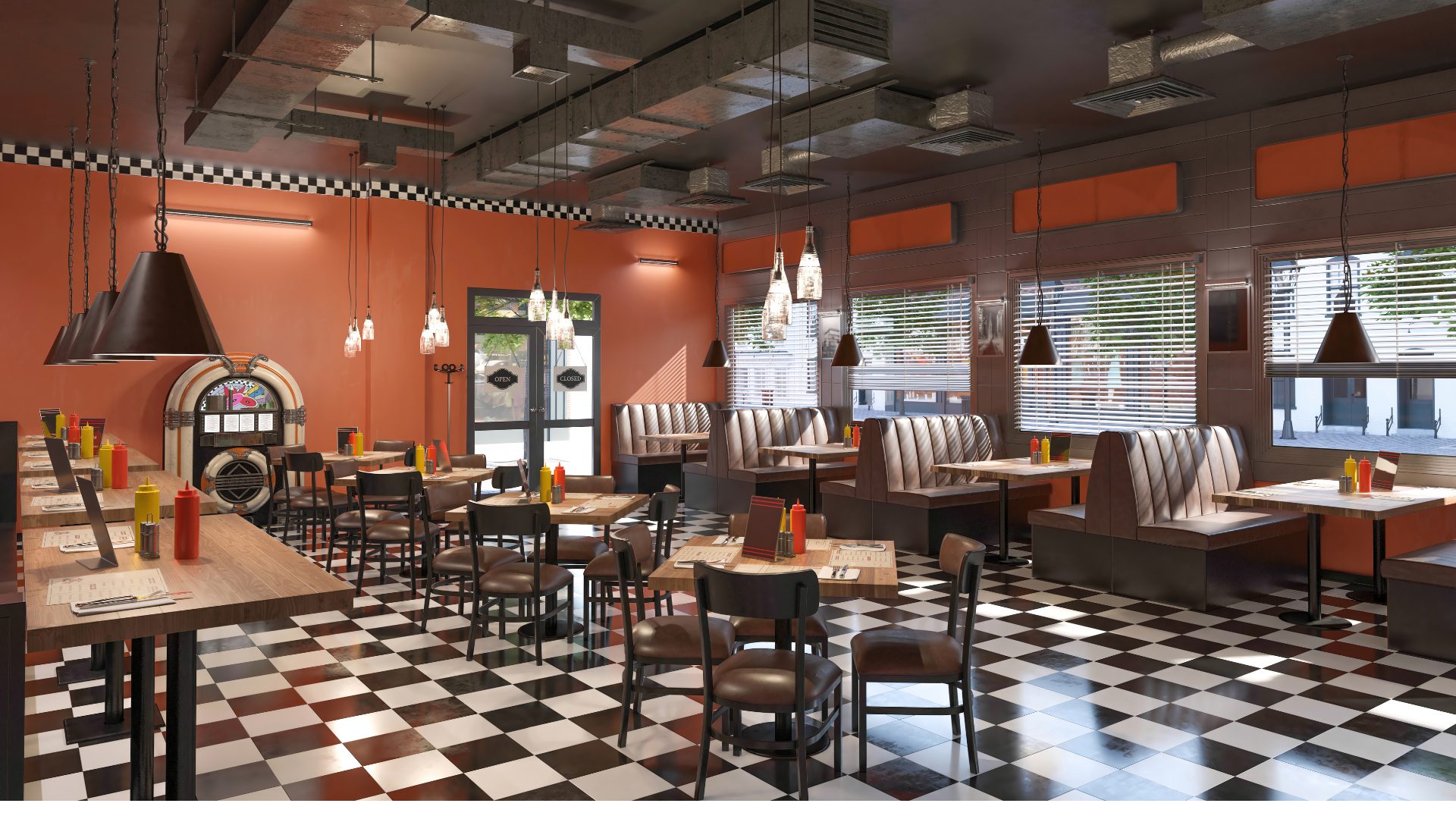Among the changes forced by COVID-19, the typical consumer lunch hour has shifted to in-home dining. And consumer packaged goods (CPG) companies are betting that relocation is a trend that’s here to stay.
In fact, leading food companies like Conagra Brands Inc., General Mills Inc., and Kraft Heinz Co. have bought and upgraded equipment to manufacture more at-home breakfast and lunch foods, according to The Wall Street Journal (Dec. 27).
Many CPG companies benefited greatly from stay-at-home orders earlier in the pandemic, with consumers opting to purchase family-favorite CPG items ranging from canned vegetables to pasta to coffee. Yet, some companies were forced to narrow their product variety to increase capacity earlier in the year, while others were wary of investing too much in what was seen at first as a short-term crisis.
Now, with a significant portion of the workforce likely to stay at home following the pandemic, are CPG companies positioned to take advantage of the trend?
The Future of Remote Work
Twitter was among the first companies to embrace the future of remote working, saying its employees would be allowed to work from home “forever.” And while not every company can make those kind of promises, white-collar workers are likely to seek work-at-home arrangements for years to come.
McKinsey and Co. noted work from home will remain for the foreseeable future, at least in a hybrid model.
In fact, the report found more than 20% of the workforce could work remotely three to five days per week as effectively as they could from the office. And if that percentage were to be realized, the number of people working from home could triple or quadruple the number of pre-pandemic at-home workers.
Food Institute Insight
Several variables converge when it comes to prospects for U.S. at-home lunch consumption. While it’s not unreasonable to believe many workers will return to their offices in 2021 as vaccinations accelerate, a sizeable number of workers have grown accustomed to eating lunch in their own kitchens (or home offices.)
CPG companies will have an opportunity to appeal to value-oriented customers who don’t want to deal with the expense of having a meal delivered to their homes every day. By providing easy-to-make and value-centric products, CPG companies can leverage consumer demand for convenient and affordable lunches. Mid-day snacks could also prove profitable for CPG makers targeting these at-home employees.
However, these changes may not be enough for the evolving consumer. In podcasts, interviews, and webinars in 2020, the Food Institute noted a theme of increasing consumer demand for healthy and nutritional products.
CPG companies, which have had limited success with healthy and nutritious foods, should invest more resources in at-home lunch products, breakfast foods, and snack items that have a nutritional or health component.












